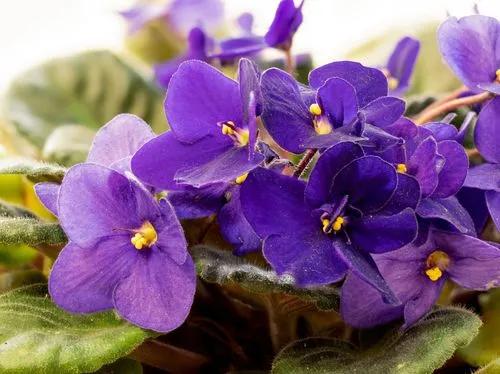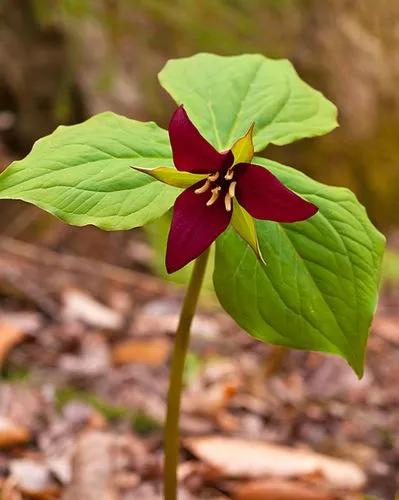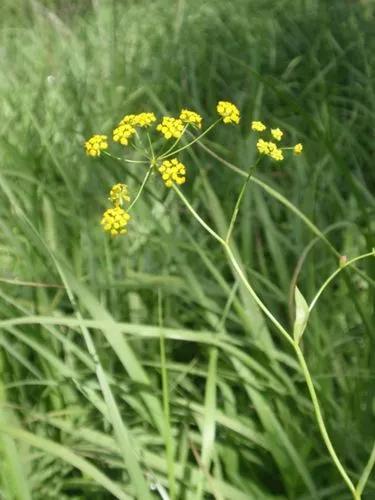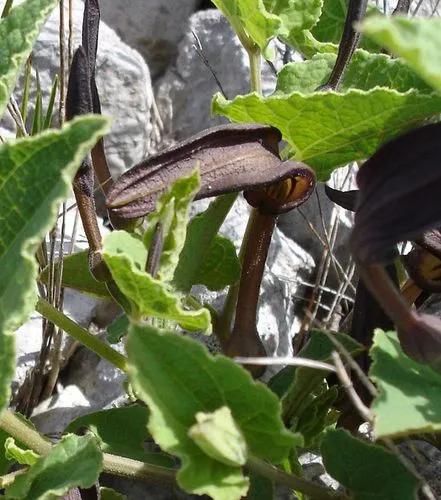Epilobium canum, also known as California fuchsia or Zauschneria, is a species of willowherb in the evening primrose family (Onagraceae).[1] It is native to dry slopes and in chaparral of western North America, especially California. It is a perennial plant, notable for the profusion of bright scarlet flowers in late summer and autumn.
Hummingbird Plant Care
Epilobium Canum



How to Care for the Plant

Water

The hummingbird plant is a hardy, indestructible plant that thrives on neglect. Although the plant likes dry soil, it benefits from occasional water during hot, dry weather. ... The hummingbird plant is resistant to most pests and diseases, although the plant may rot in soggy, poorly drained soil.

Pruning

Trim a hummingbird bush that dies back during winter in late winter or early spring before it puts forth new growth. Cut stems back to the ground and compost or discard the clippings. Do not leave them in place. Otherwise, pests can become an issue.

Fertilizer

As a third choice, firebush fertilizer can simply consist of a handful of bone meal applied in spring.

Soil

The hummingbird plant is a hardy, indestructible plant that thrives on neglect. Although the plant likes dry soil, it benefits from occasional water during hot, dry weather. No fertilizer is required.

Temperature

-45 to -40 F (-40.0 to -42.7 C)

Additional

A native to North America, Asclepias tuberosa (butterfly milkweed), is a perennial which is a larval host and/or nectar source for monarch and queen butterflies. All parts of this plant ARE poisonous.
Masses of bright, reddish-orange flowers at stem tips are upright and tube-shaped, making it easy for hummingbirds to reach the sweet nectar.

Popularity

288 people already have this plant 43 people have added this plant to their wishlists
Discover more plants with the list below
Popular articles






